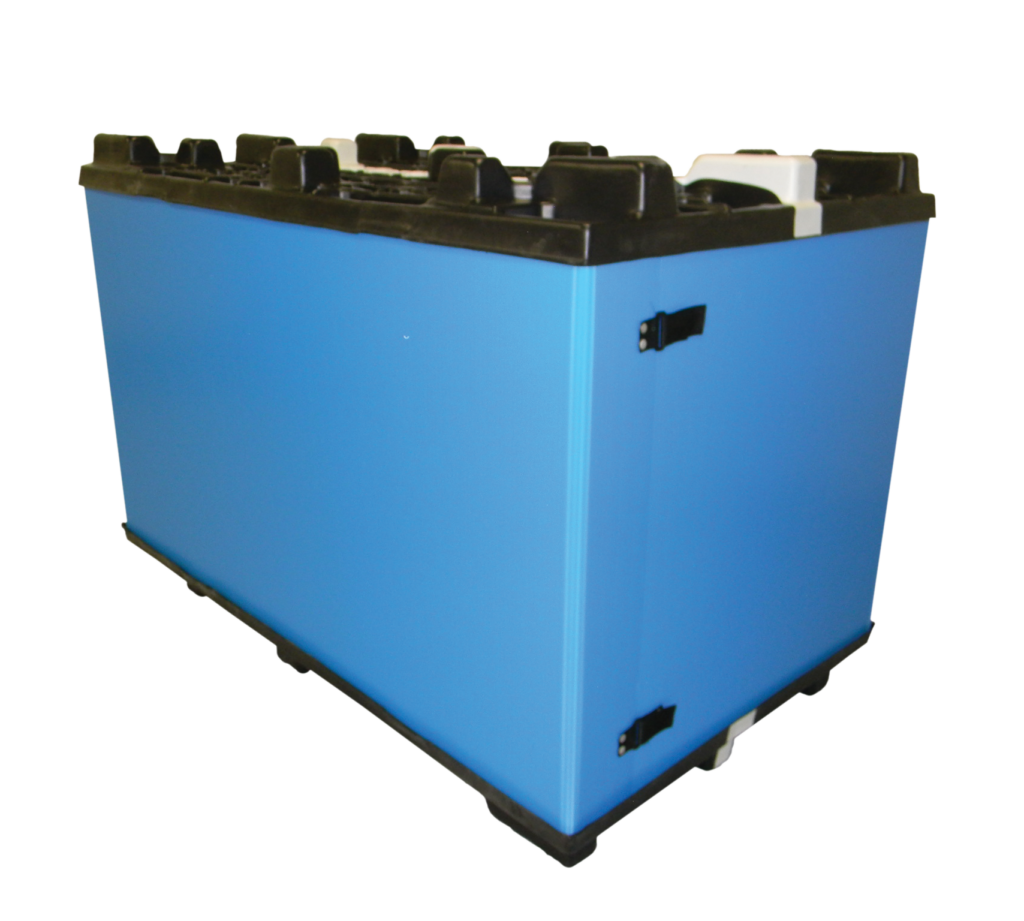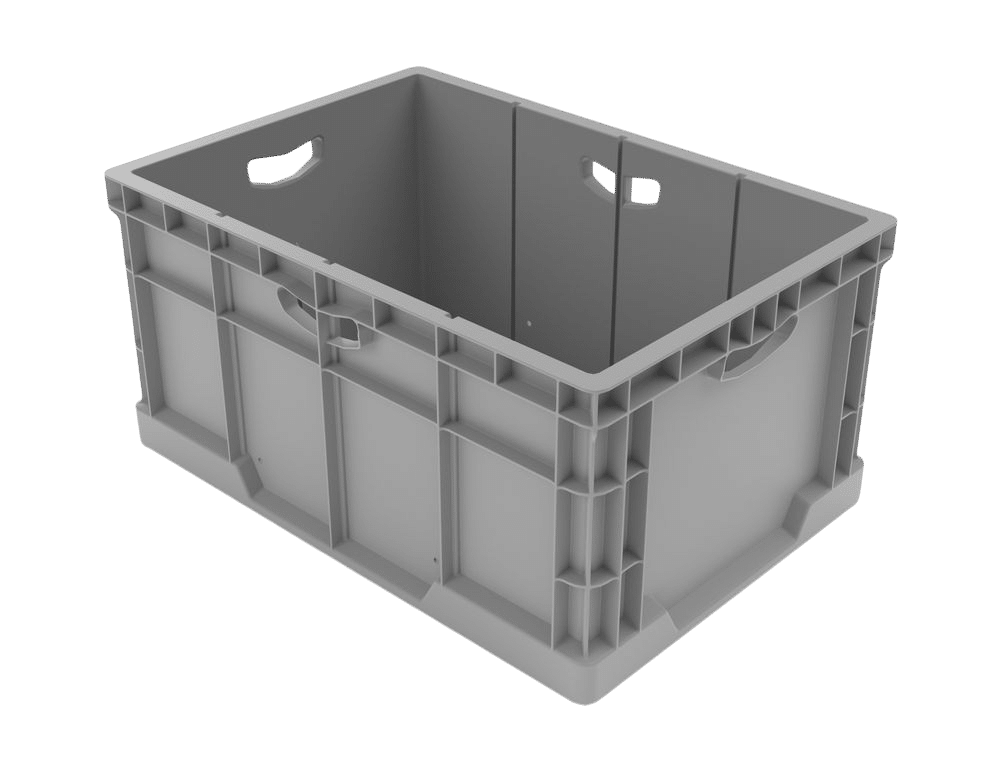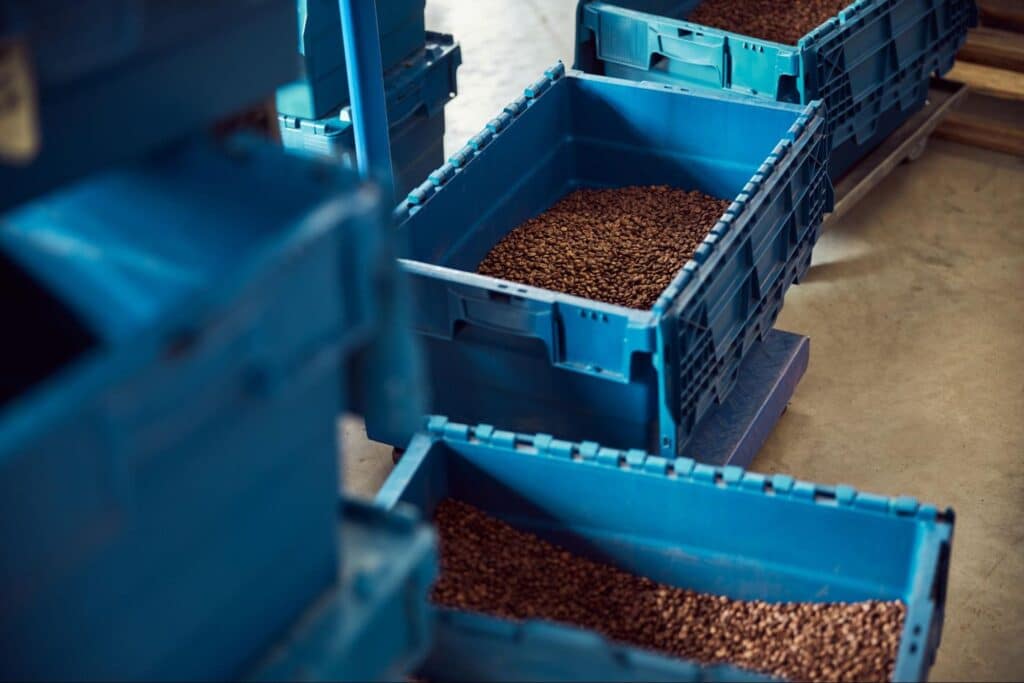In today’s fast-paced industrial landscape, finding effective ways to reduce costs, boost efficiency, and meet sustainability goals is essential. Returnable packaging offers a strategic alternative to single-use options, providing durable systems that protect products and streamline logistics.
Constructed from robust materials like corrugated plastic, foam, and steel, these solutions are designed to be used repeatedly within a closed-loop supply chain. Instead of being discarded, containers are circulated through cycles of handling and transport, a process that minimizes waste, cuts recurring operational costs, and supports a circular economy. For industries ranging from automotive to medical, this makes returnable packaging an intelligent choice to optimize operations and gain a competitive edge.
Core Advantages of Returnable Packaging
Returnable packaging offers diverse benefits that can transform operational workflows. Below are some of the primary advantages:
Cost Savings
Although the initial investment in durable packaging may be higher than single-use alternatives, the long-term savings can be significant. Reusing the same containers and dunnage reduces the need for continuous replenishment and lowers waste-disposal expenses, yielding noticeable reductions in total operating costs.
Sustainability Benefits
By reusing packaging materials, companies minimize their consumption of raw materials and decrease the volume of waste sent to landfills. This helps businesses meet sustainability standards and reduce their carbon footprint—all without compromising performance or efficiency.
Improved Operational Efficiency
Standardized containers and racks simplify logistics. Their uniform shapes and sizes facilitate organized storage, accurate stacking, and quick handling. Whether they are used in a warehouse or on the assembly line, consistent packaging can help reduce errors, accelerate processes, and optimize workflow.
Enhanced Product Protection
Durable materials such as steel frames and foam pads provide robust product protection during transit and storage. Fewer instances of damage translate into fewer returns and better customer satisfaction—key factors that contribute to a smoother supply chain.
Customization for Specific Needs
Returnable packaging solutions can be tailored to meet unique product requirements. For instance, custom inserts and dividers are effective for safeguarding fragile or irregularly shaped items. By aligning packaging precisely with product dimensions, businesses can reduce damage, improve handling, and streamline the shipping process.
Universal Package’s Reusable Packaging Solutions
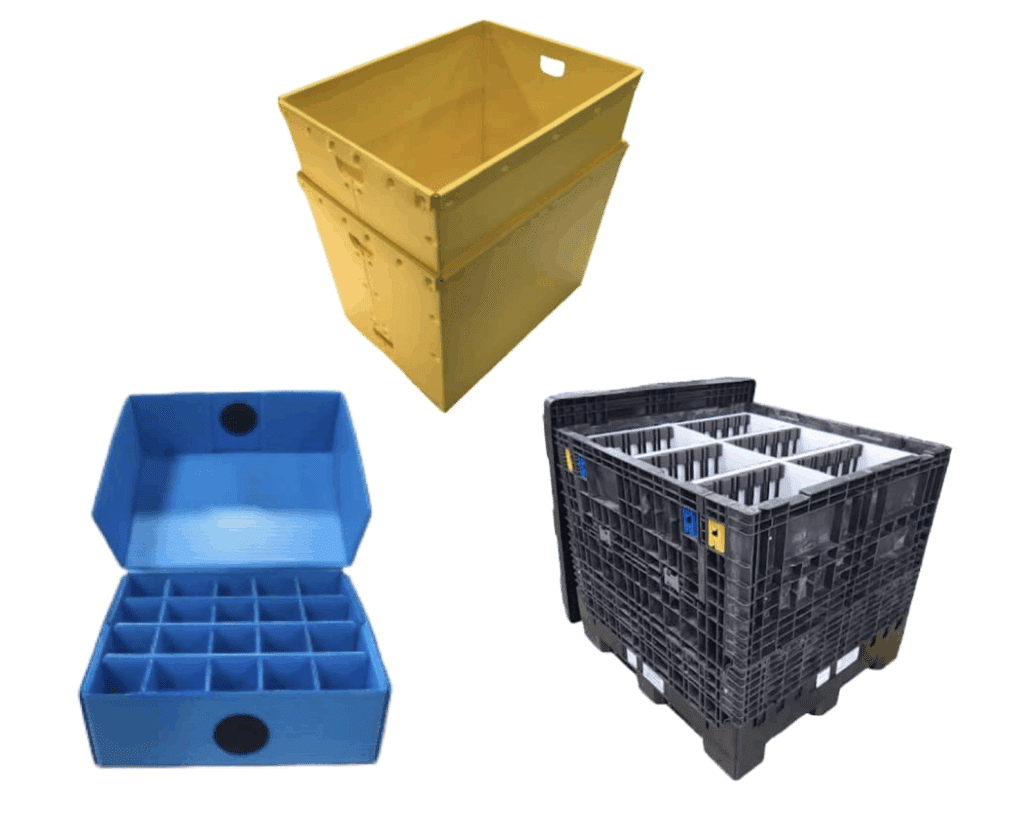
Universal Package specializes in creating customized, reusable packaging systems designed for a broad range of industrial needs. Our offerings include:
- Corrugated Plastic Containers: Ideal for transporting lightweight items, these containers help maintain product integrity.
- Plastic Bulk Containers: Engineered to handle high-volume and bulk materials safely.
- Durable Steel Racks: Suitable for heavy or oversized components, offering strength and stability.
- Foam Assemblies, Trays, & Pads: Designed to protect sensitive or fragile items during transit, adding an extra layer of cushioning.
- Custom Dunnage: Tailored to your specific product dimensions and needs, ensuring the highest level of protection and optimized handling.
Each product is built to last through repeated use and remains efficient over time, providing a cost-effective and eco-friendly alternative to single-use solutions. Depending on your requirements, these containers and racks can be further adapted to accommodate custom dunnage, protective inserts, or specialized labeling to improve tracking and handling processes throughout the supply chain.
Environmental and Economic Impacts
Transitioning to returnable packaging offers a dual advantage: it promotes environmental responsibility and provides measurable financial gains. Single-use packaging often ends up in landfills, driving up waste-management costs. In contrast, reusable containers make multiple trips through the supply chain, reducing both material consumption and disposal expenses. Over time, the savings from lower replacement and waste-disposal costs can be substantial, improving the bottom line while demonstrating a commitment to sustainability.
Key Considerations for Implementing Returnable Packaging
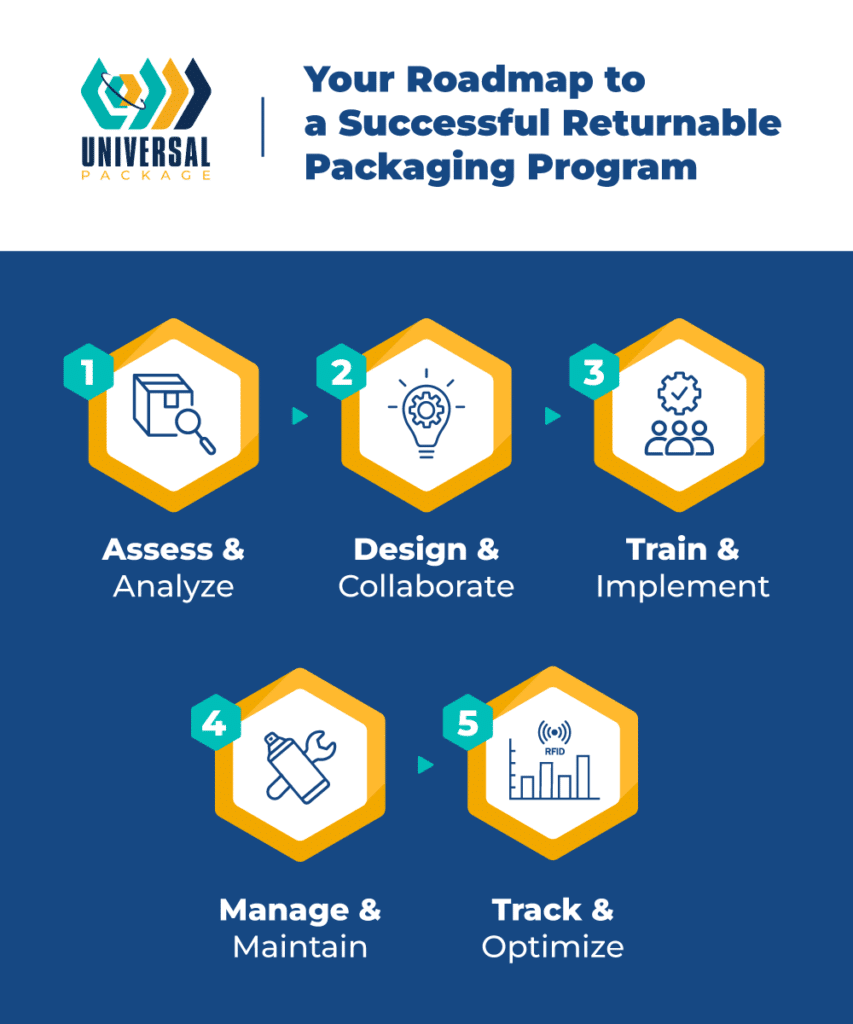
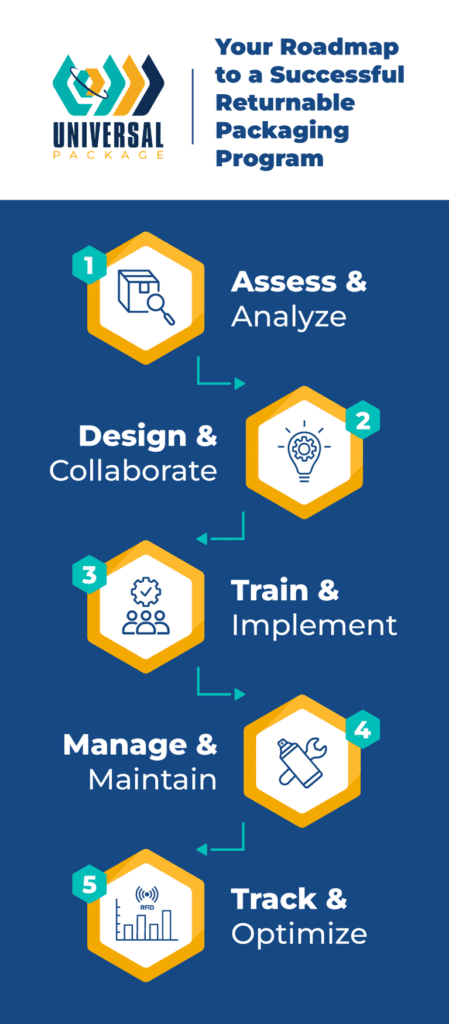
A well-executed returnable packaging program requires careful planning. Here are some recommended steps:
- Identify product-specific needs by assessing size, fragility, and handling risks.
- Collaborate with a packaging specialist to design containers tailored to your operations.
- Provide employee training for correct handling and maintenance practices.
- Establish regular cleaning and inspection procedures to ensure packaging integrity for each reuse.
- Implement an asset-tracking system to manage container circulation and easily evaluate return on investment.
When taking these steps, businesses often find that returnable packaging can create a more predictable workflow. For instance, employees trained in handling reusable containers can reduce loading times, and regular container inspections help prevent the unexpected costs associated with product or package damage.
If you’re not ready to commit to a full-scale purchase, consider lease and rental options to test out the benefits of reusable systems before making a permanent investment. This approach solidifies a reliable cycle of packing, shipping, and returning, boosting trust with both suppliers and end customers.
Industry Applications
Thanks to its adaptability, returnable packaging finds meaningful applications in many fields:
Automotive Industry
Standardized totes and racks reduce part damage and improve assembly-line efficiency. These systems help the automotive industry maintain consistent production schedules and cut costs over time.
Medical and Pharmaceutical Industry
In environments where hygiene is critical, reusable materials can help maintain cleanliness and protect sensitive products—provided that rigorous cleaning and maintenance protocols are in place. Discover how our medical and pharmaceutical packaging solutions are designed to maintain product integrity and safety standards with proper handling and regular sanitation processes, ensuring that each shipment arrives in optimal condition.
Electronics Industry
High-value electronics often require protective trays and inserts to minimize damage. Our solutions help reduce costly returns by keeping components safe from static or impact hazards, thereby enhancing productivity and streamlining storage.
Other Sectors
Outside of these core categories, many sectors—including military, construction, and trade shows—leverage returnable packaging for its durability and adaptability. Whether shipping heavy equipment or sensitive displays, reusable packaging can help multiple industries optimize efficiency while trimming waste. Enterprises in these sectors benefit from improved shipping practices, more manageable inventory tracking, and more predictable costs over the long term.
Future Trends
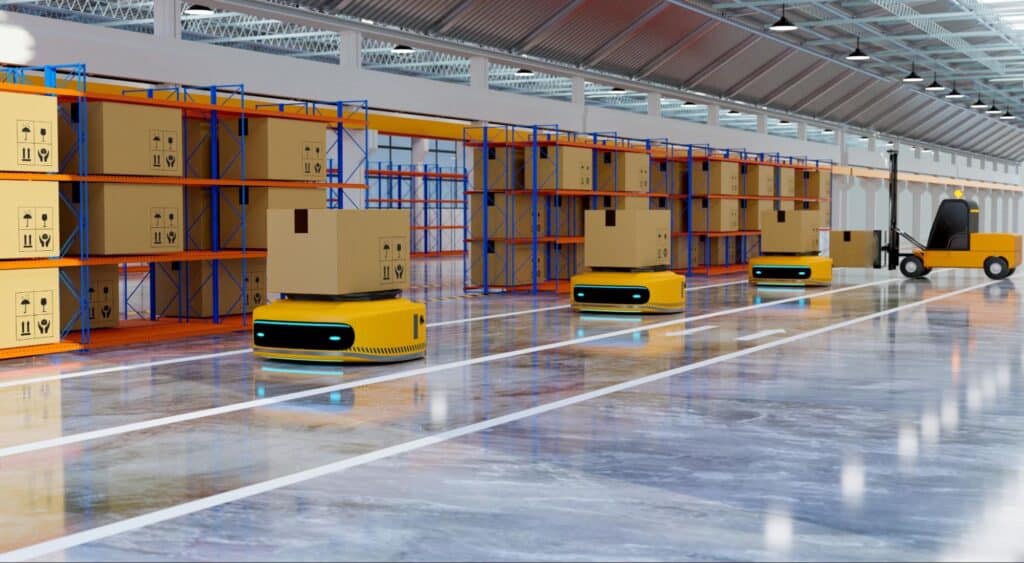
Looking ahead, innovations such as enhanced asset tracking and sensor technology are set to make returnable packaging programs even more efficient. Smart labels, QR codes, and RFID tags may integrate seamlessly with software systems to provide real-time visibility into container locations and conditions. This level of insight minimizes loss, bolsters product security, and streamlines the reverse logistics process. Likewise, the rise of advanced materials—like lightweight composites—could create packaging that is not only more durable but also easier to handle, thereby reducing labor demands. As companies worldwide place a higher premium on environmental responsibility and operational cost reduction, the demand for returnable packaging solutions is expected to continue its upward trajectory.
Additionally, ongoing developments in automated guided vehicles (AGVs) and robotics within warehouses promise greater synergy with standardized packaging solutions. Consistent container dimensions and structures are easier for robots to manage, boosting throughput. By pairing robust containers with advanced robotics and tracking tools, businesses can build a seamless, data-driven supply chain that optimizes material flow from start to finish.
Maximize Efficiency and Sustainability with Returnable Packaging Solutions
Returnable packaging solutions deliver a clear advantage over single-use alternatives, combining cost-effectiveness with environmental stewardship. By investing in reusable systems and ensuring that strict maintenance protocols are followed, businesses can cut expenses, streamline logistics, and make meaningful progress toward sustainability. This forward-looking approach offers both immediate and long-term value, ensuring that products remain protected during transit and storage.
Transform your logistics operations and strengthen your bottom line—contact Universal Package now to discover how our customizable returnable packaging solutions can be tailored to meet your industry’s unique requirements.


